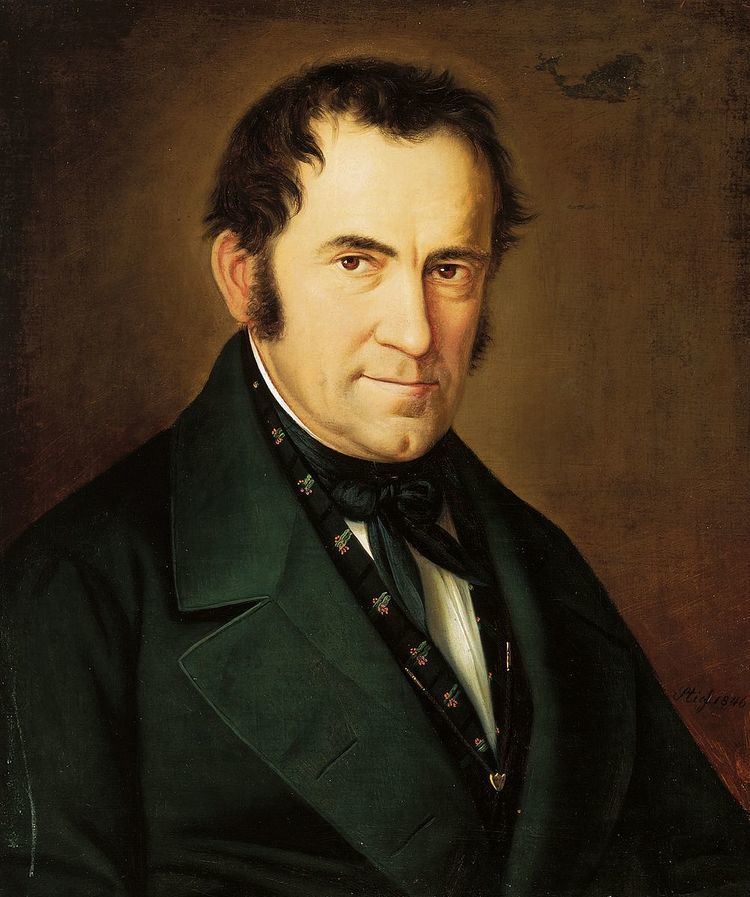Genre Christmas, religious Language German | ||
 | ||
Native name Stille Nacht, heilige Nacht Performed 24 December 1818 (1818-12-24) | ||
"Silent Night" (German: Stille Nacht, heilige Nacht) is a popular Christmas carol, composed in 1818 by Franz Xaver Gruber to lyrics by Joseph Mohr in the small town of Oberndorf bei Salzburg, Austria. It was declared an intangible cultural heritage by UNESCO in 2011. The song has been recorded by a large number of singers from every music genre. The version sung by Bing Crosby is the third best-selling single of all-time.
Contents
History
The song was first performed on Christmas Eve 1818 at St Nicholas parish church in Oberndorf, a village in the Austrian Empire on the Salzach river in present-day Austria. A young priest, Father Joseph Mohr, had come to Oberndorf the year before. He had written the lyrics of the song "Stille Nacht" in 1816 at Mariapfarr, the hometown of his father in the Salzburg Lungau region, where Joseph had worked as a co-adjutor.
The melody was composed by Franz Xaver Gruber, schoolmaster and organist in the nearby village of Arnsdorf. Before Christmas Eve, Mohr brought the words to Gruber and asked him to compose a melody and guitar accompaniment for the Christmas Eve mass. Together they performed the new carol during the mass on the night of 24 December.
The original manuscript has been lost. However, a manuscript was discovered in 1995 in Mohr's handwriting and dated by researchers as c. 1820. It states that Mohr wrote the words in 1816 when he was assigned to a pilgrim church in Mariapfarr, Austria, and shows that the music was composed by Gruber in 1818. This is the earliest manuscript that exists and the only one in Mohr's handwriting.
The first edition was published by Friese in 1833 in a collection of Four Genuine Tyrolean Songs, with the following musical text:
The contemporary version, as in the choral example below, is:
Translations
In 1859, the Episcopal priest John Freeman Young, then serving at Trinity Church, New York City, wrote and published the English translation that is most frequently sung today, translated from three of Mohr's original six verses. The version of the melody that is generally used today is a slow, meditative lullaby or pastorale, differing slightly (particularly in the final strain) from Gruber's original, which was a "moderato" tune in 6
8 time and siciliana rhythm. Today, the lyrics and melody are in the public domain.
The carol has been translated into about 140 languages.
Musical settings
Max Reger quotes the tune in the Christmas section of his organ pieces Sieben Stücke, Op. 145.
In film
Several theatrical and television films depict how the song was ostensibly written. Most of them however are based on a spurious legend, about the organ breaking down at the church in Oberndorf, which appeared in a fictional story published in the U.S. in the 1930s.
